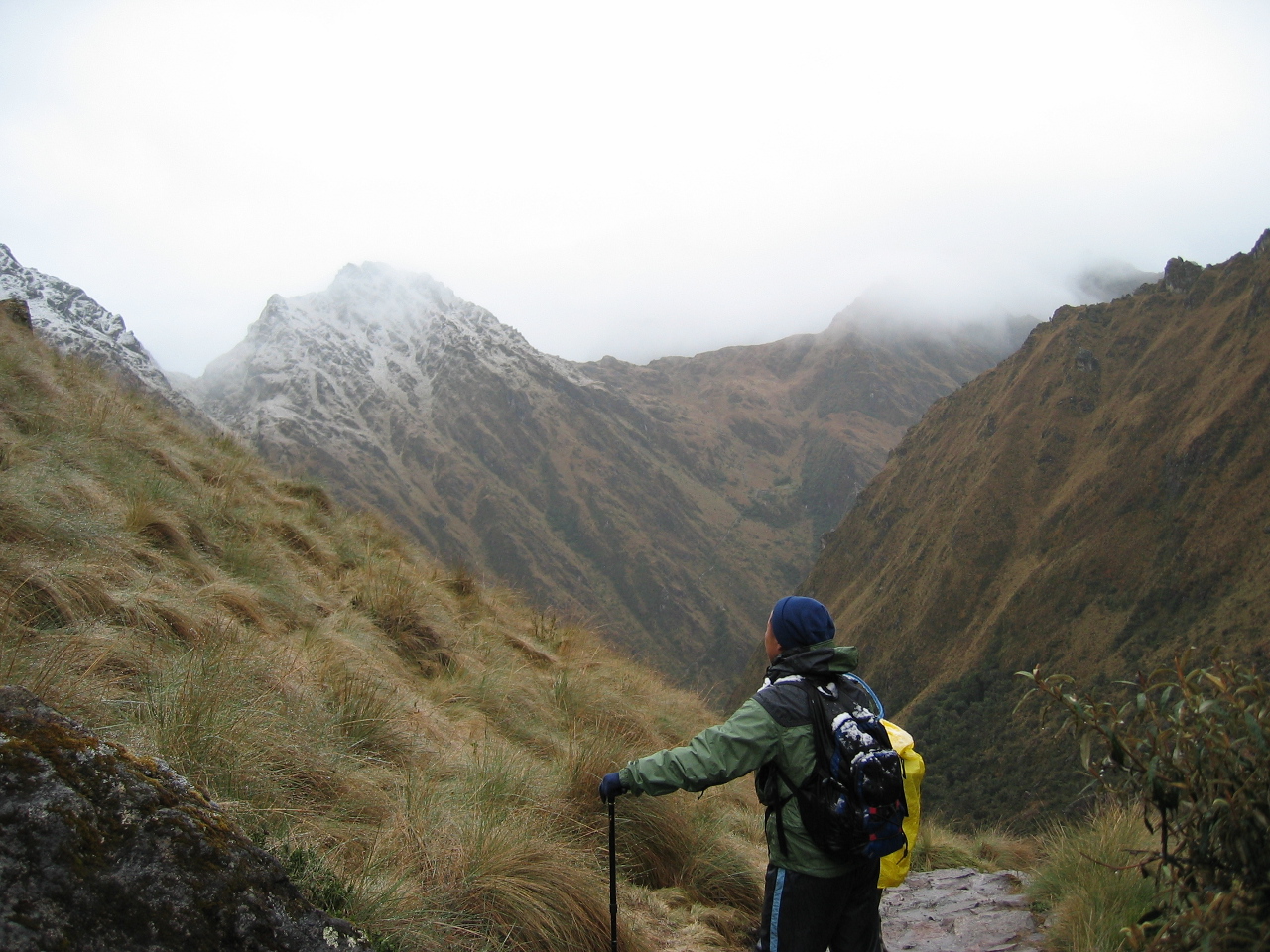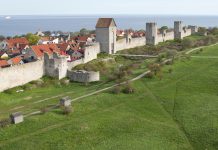Run, and you’ll have Machu Picchu all to yourself.


Photo: fortherock
Opt out of the convoy of buses that meander up the winding road every day from Aguas Calientes. Walk the Inca Trail instead.
It can still be crowded, but offers you the chance to be the first to visit Machu Picchu that day. On the last morning, trekkers line up at a gate to get their passports stamped.
The gate opens at 5.30 AM. Line up no later than 5 AM to be first in the queue. As soon as the gates open, start jogging – the last stretch of trail takes about an hour and a half to walk, or about 40 minutes to jog.
Instead of stopping at the sun gate to see the sun rise (on a cloudy day you won’t see anything), keep ahead of your trail mates and quickly but carefully make your way down the last stretch.
Try the coolest experience on Lake Titicaca.
At an altitude of 3,810 m (12,500 ft), Peru’s highest navigable lake is also very cold, with an average summer temperature of just 14 degrees Celsius.
If you’re motoring out to visit an indigenous community on the islands of Amantani, Taquile or Uros, get the boat’s skipper to drop anchor en route where the water is deep and jump straight off the boat.
It’s refreshing, to say the least, but the cold is fleeting compared to the thrill of swimming at high altitude.
Test your stamina at altitude.


Photo: twiga269 ॐ FEMEN
If you want to fully appreciate Peru’s diverse terrain, take a drive up through the Cordillera Blanca mountain range.
A good starting point is Huaraz. From there you can get a guide to take you as high as the altitude of Everest Base Camp (over 5,500 m) to the edge of a glacier, where you can ascend with an ax and crampons.
Surf.


Photo: Jonathan
Peru has some of the best and longest lefts in the world. Mancora and Chicama are some of the best known waves, but they get crowded. Other less well-known spots might be even better.
Your best bet is always to ask local surfers where to go. One tip: in Puerto Inca, pitch camp next to Inca ruins that few tourists even know exist.
Get up close to a national treasure.


Photo: Michael Hummel
While many cats and dogs in poverty-stricken areas are left to wander the streets, a little black dog that could have a starring role in the next Gremlins movie is more likely to be found on the couch in a woolly jumper.
The Peruvian hairless dog has been revered for its supposed healing properties since long before the Incas and is said to have a higher body temperature than other dogs (it’s even been offered to the White House as an allergy-free First Pooch).
Point your camera in people’s faces without intruding.
Not all locals relish the attention of tourists’ lenses. However, if you’re fascinated by foreign cultures it can be hard to resist capturing the intriguing faces and exotic clothes of the people you see along the way.
Time your visit then, for a cultural festival. Dancers dressed in all their finery are expecting to capture people’s interest, so you won’t need to be covert in your snapping, and you might even encourage some shameless posing.
See ancient artifacts before they all wind up in museums.
Peru is to modern-day archaeology what Egypt was to archaeology in the 1920s when the discovery of Tutankhamun’s tomb drew international attention.
The world is only now cottoning on to just how much material wealth exists in Peru – key sites from past cultures such as the Moche, Chavin, and Nazca can often be explored away from the tourist crowds.
Chauchilla cemetery near the famous Nazca Lines is an extraordinary expanse of human remains, with some intact burials and scores of bones and scraps of clothing lying scattered on the dry rocky terrain for 2km.
Chavin de Huantar’s impressive stone buildings, used for ceremonial and residential purposes, are still standing, but the modern town sees so little traffic that pigs, donkeys, cows and dogs still wander the streets.
Visit the other Galapagos.


Photo: Nicky
Check the marine life at the Ballestas Islands off Paracas. These rocky strips of beach are heaving with the sea lions and the rusting hulks of old mining machinery are now overrun by colourful Incan terns.
With Humboldt penguins bobbing in the water and the curious outline of the Candelabrum engraved on a huge scale in a hillside – this area, the “poor man’s Galapagos” is far away from the crowds.
Night-hike in the Amazon.
However you get there–through local guides or a tour company–complement any day trekking you might do with a night expedition.
Within only a few hundred metres of an established jungle camp, you’ll come face-to-face with creatures you would otherwise miss during daylight hours: tarantulas, snakes, frogs, even marsupials if you’re lucky.
![]()

This article was originally published on December 1st, 2008
Posted In:
Destinations:
Powered by WPeMatico











